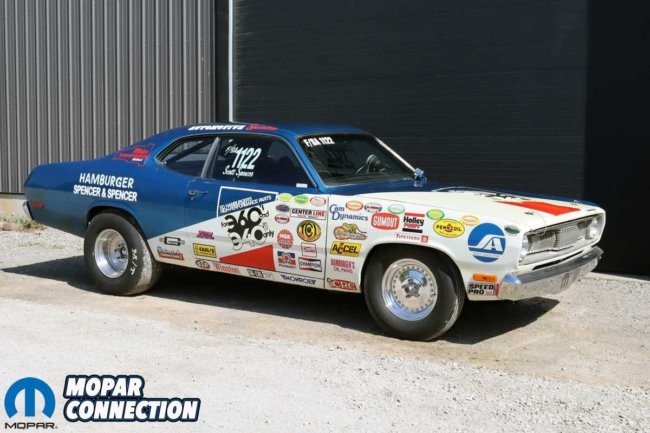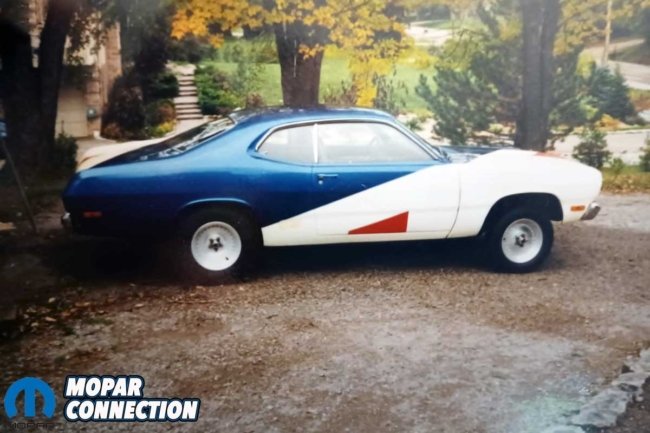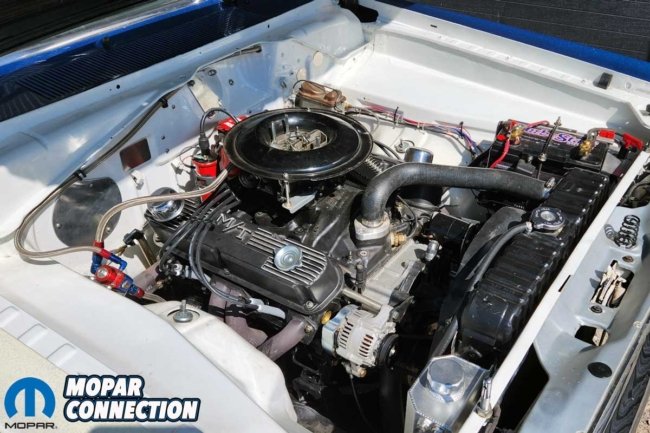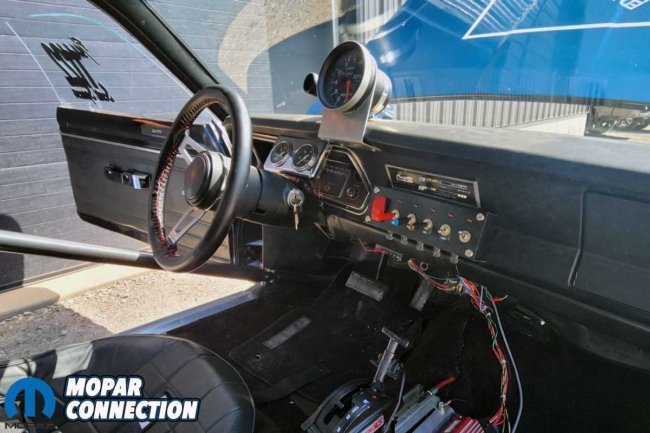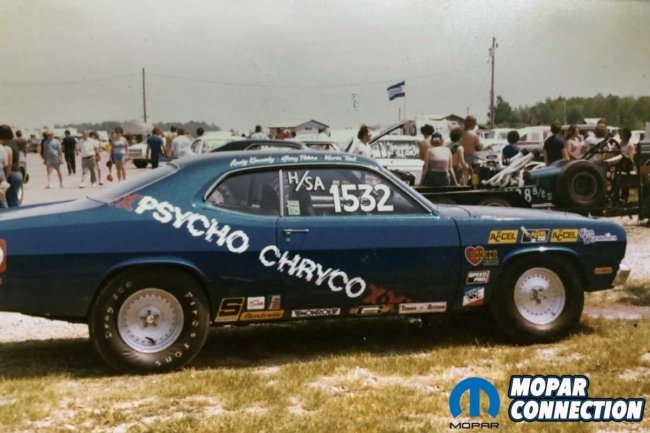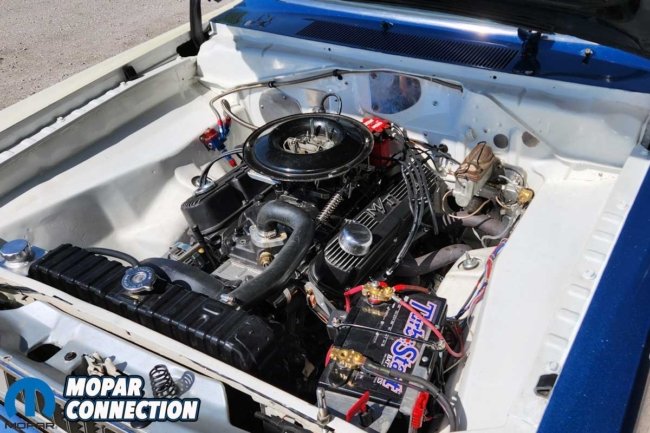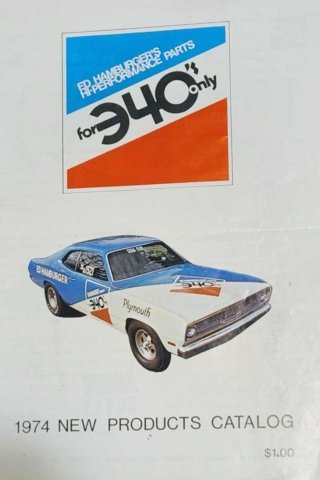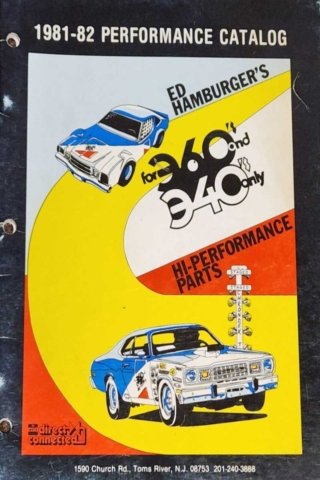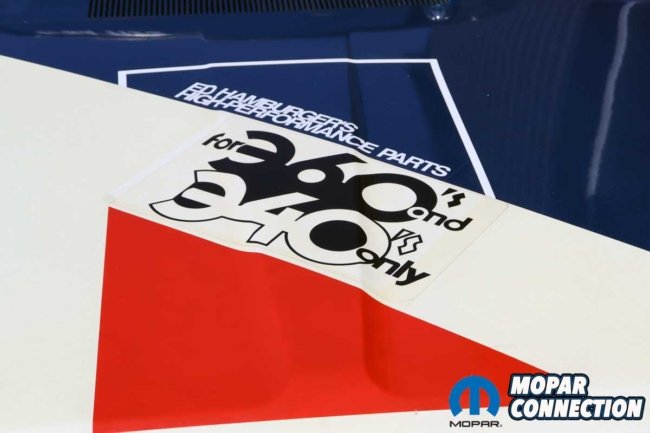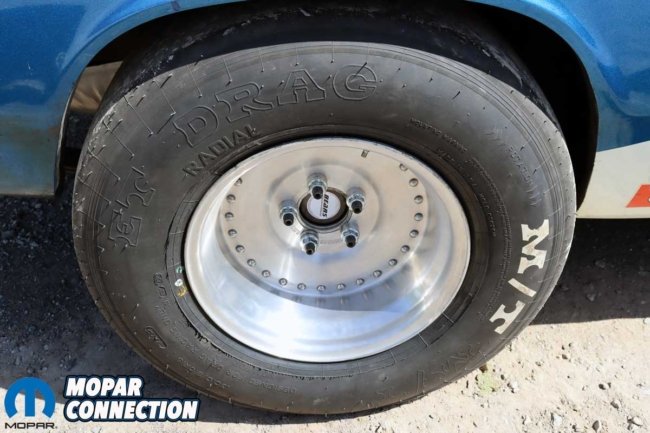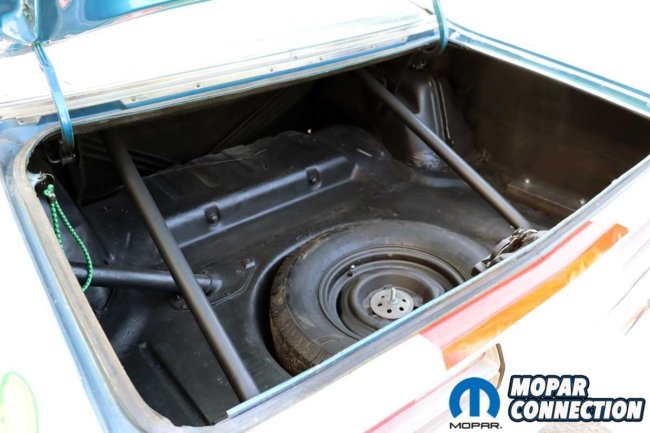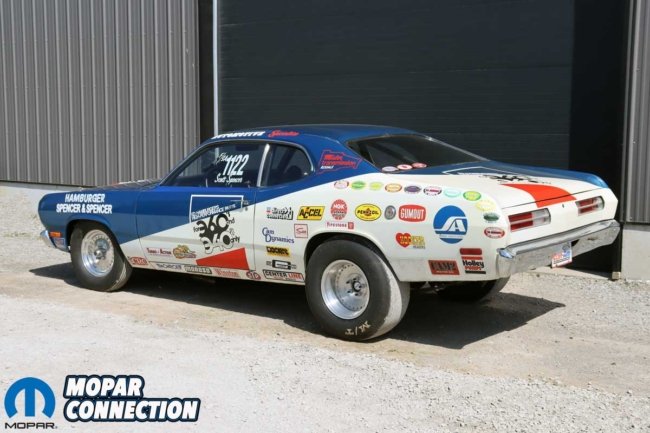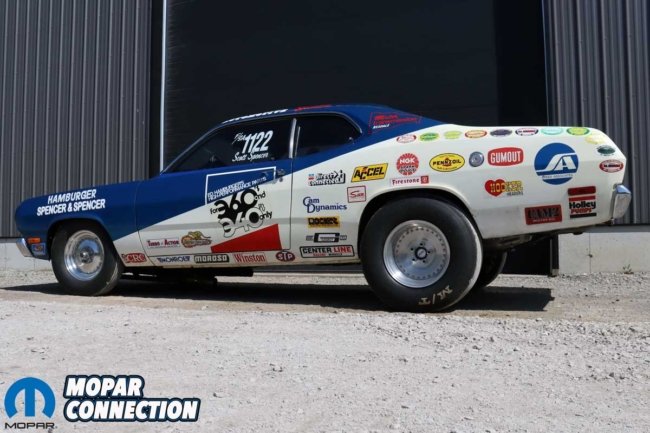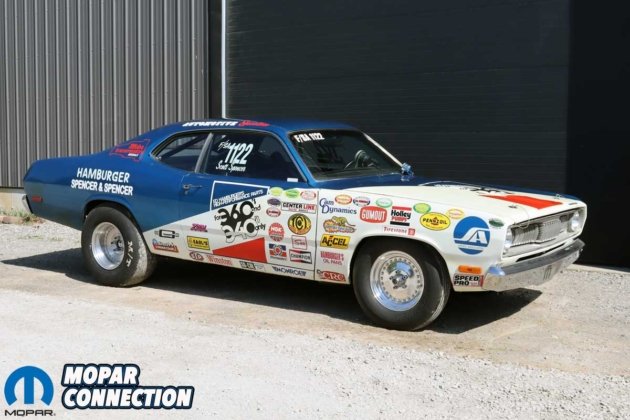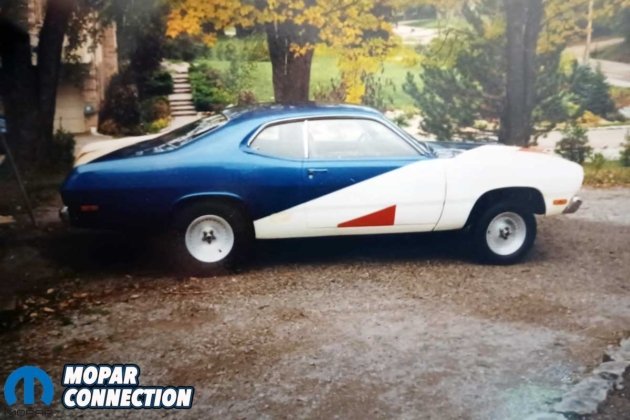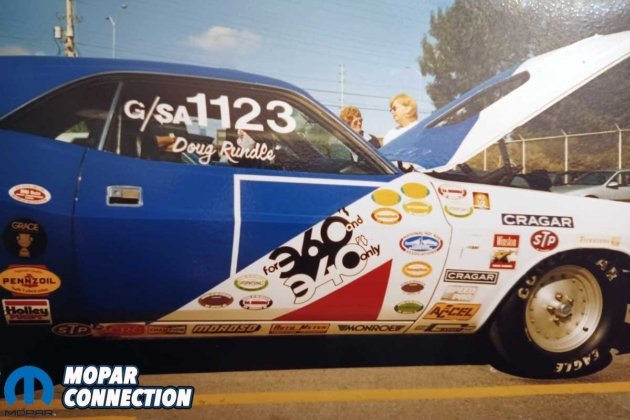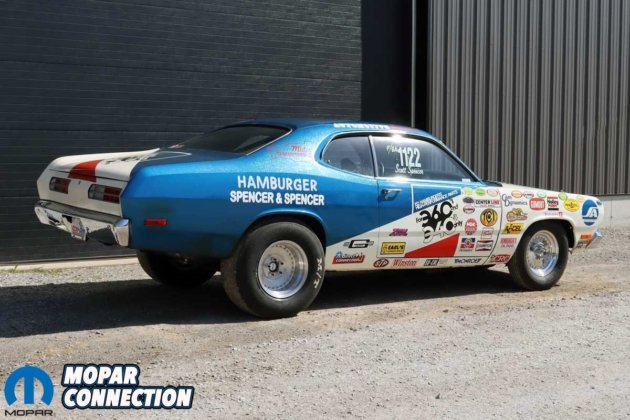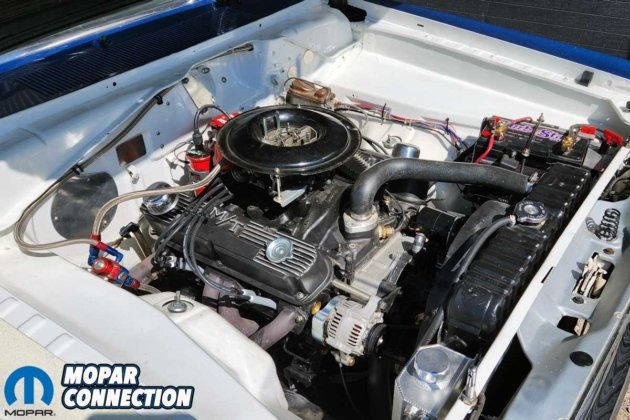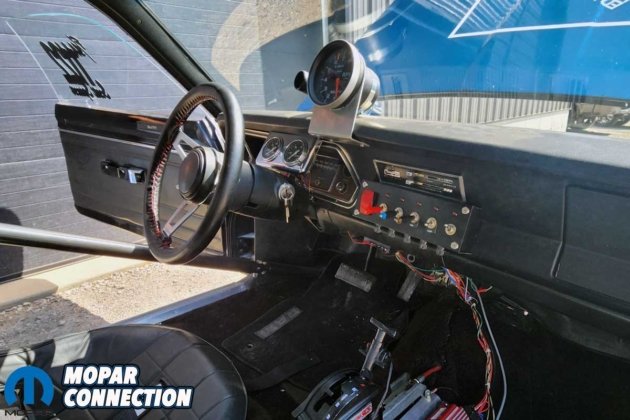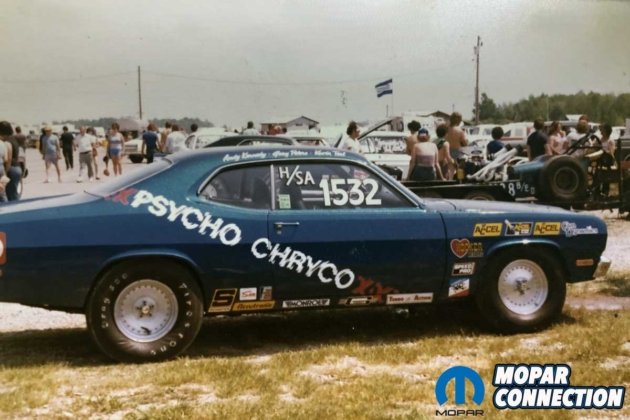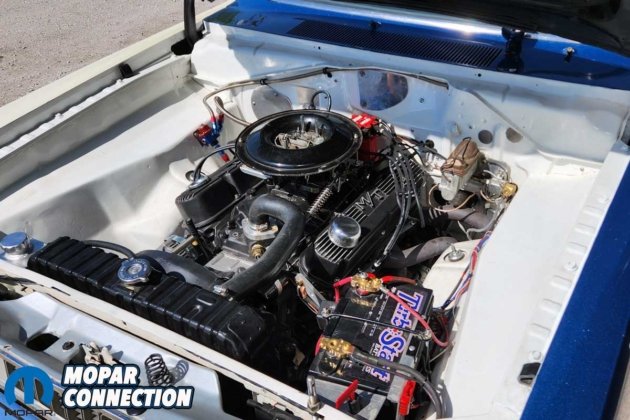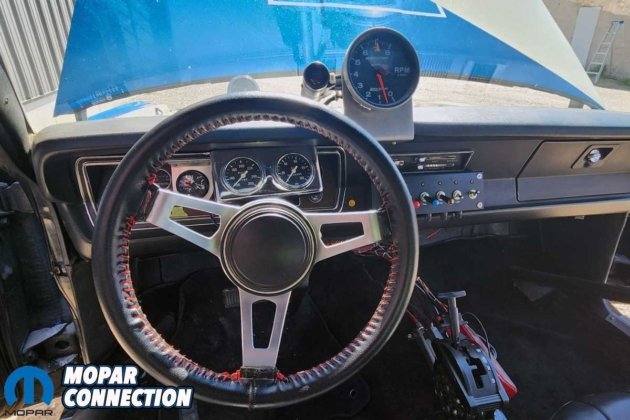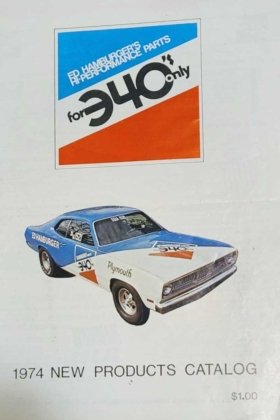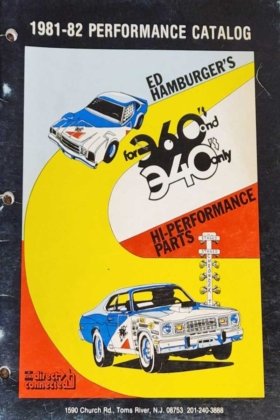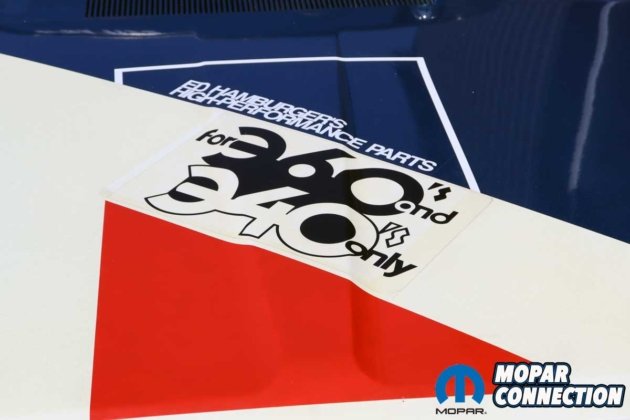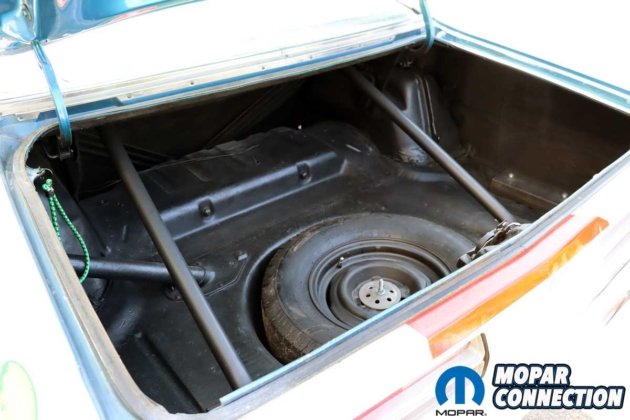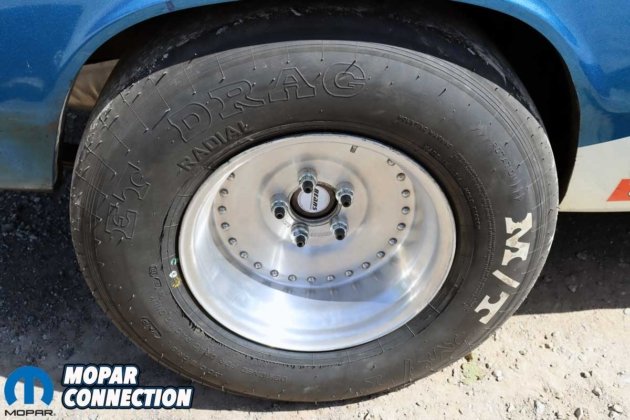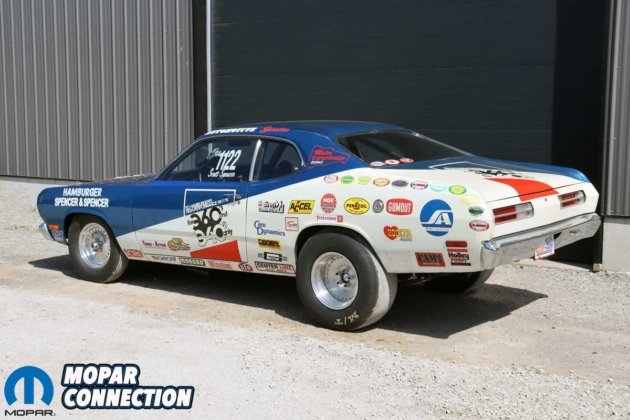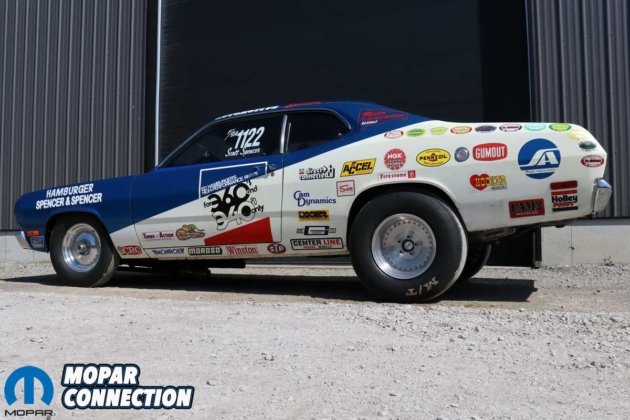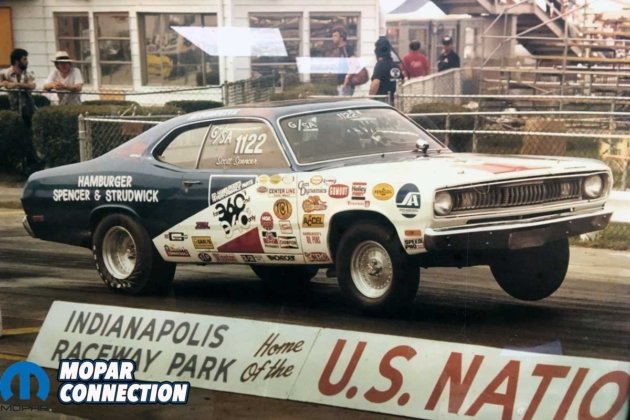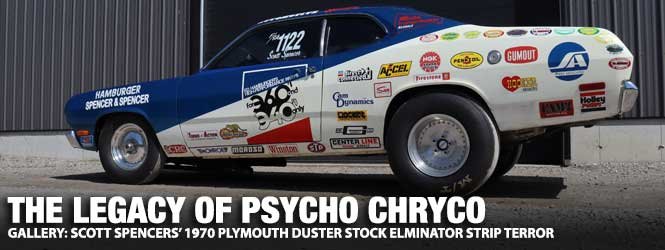
The 1970 Plymouth Duster was Chrysler’s response to the growing market for affordable, compact performance. Built on the lightweight A-body platform, it offered a sportier, more youthful alternative to the Plymouth Valiant. With its semi-fastback two-door coupe design, the Duster struck a balance between practicality and bold, aggressive styling, making it a hit among enthusiasts seeking speed without a steep price tag.
Buyers had plenty of options: two dependable Slant Six engines (198 and 225 cu in) or a lineup of small-block V8s, including the 318, the potent 340, and, later, the 360. Transmission choices ranged from a 3-speed manual to a 4-speed manual or Chrysler’s proven TorqueFlite automatic. This widespread appeal allowed the Duster to tempt both economy-minded drivers and performance seekers.
In its debut year, Chrysler built 217,192 Dusters, including 24,817 high-performance 340 models. At roughly $2,547, the Duster 340 packed a 275-horsepower small-block into a lightweight chassis, an irresistible combination for drag racers and street brawlers alike.
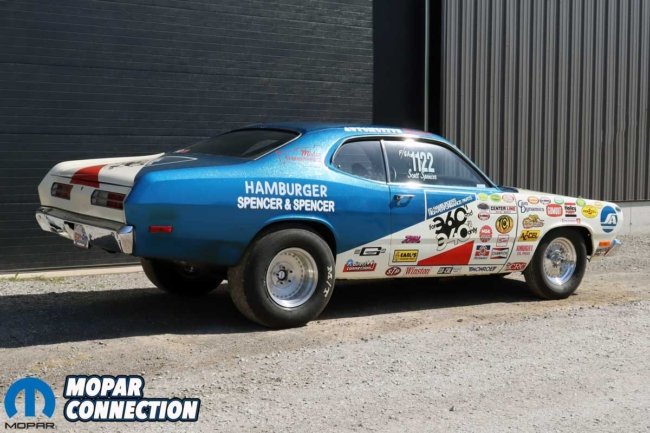
Against rivals like the Chevrolet Chevelle SS 396 ($3,500) and Ford Mustang Mach 1 ($3,200), the Duster delivered less raw horsepower but often outran them thanks to its lighter weight and sharper acceleration. It quickly earned a reputation as an entry-level muscle car that punched far above its class.
The Duster 340 also defined the term “sleeper.” Its modest looks disguised a car with serious potential. With aftermarket upgrades, hotter camshafts, ported heads, high-flow carburetors, and freer exhaust, it could be transformed into a track terror. Racers dialed in suspension tweaks for better weight transfer, bolted on slicks, and routinely pushed these cars beyond factory limits.
One such example is the car known as Psycho Chryco, a 1970 Plymouth Duster 340 that rolled out of Chrysler’s Windsor, Ontario plant in Sassy Grass Green (J6). Factory-equipped with a Carter AVS 4-barrel carburetor, disc brakes, and the rugged A-833 4-speed, the Duster was a formidable performer right off the showroom floor.
In 1973, Andy Kennedy and Gary Pieters purchased the car and enlisted racer Scott Spencer to convert it into an NHRA Stock Eliminator. Spencer, who ran a speed and chassis shop while actively competing, gave the Duster its racing edge.
The car was repainted in metallic blue, a color it still wears today, and modified with a roll bar for safety and chassis reinforcement. NHRA rules of the era required the original seats to remain, with only the rear seat removed. In 2023, the front seats were updated with Summit Racing poly drag buckets and 5-point harnesses for modern safety.
The name Psycho Chryco was a clever nod to Mopar’s Canadian parts division, Chryco, and captured the car’s fierce racing spirit. To maximize performance under NHRA rules, the Duster received 1972-spec grille and taillights. Though rated at lower horsepower due to EPA restrictions, the 1972 engines delivered comparable real-world performance.
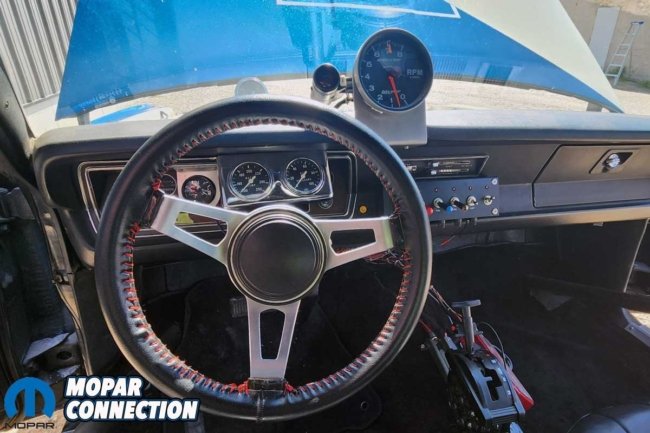
The Duster still runs its original 340, which remains legal for NHRA Stock with only minor modifications, including blueprinting, balancing, and a camshaft upgrade within spec. It features a Carter Thermoquad carburetor, Hooker Competition headers with adjustable collectors, aftermarket valve covers, and an MSD ignition for consistent spark at high rpm.
Although initially a 4-speed car, it was converted to an A-727 TorqueFlite, then finally to its current A-904 automatic, equipped with a Turbo Action Cheetah valve body and a high-stall converter. Out back, an 8 ¾ rear with 4.88 gears, a 30-spline spool, and Bears Performance axles puts power to the pavement.
Body modifications were minimal, consisting only of minor trimming to accommodate 30-inch slicks. The car rides on Centerline wheels with Moroso front drag tires and M/T rear drag radials. The metallic blue finish is accented with white striping, while its patina of race wear tells the story of decades spent at the strip.
Ownership passed through several hands: Spencer co-owned the car with Andy Kennedy in the mid-1970s, later partnered with Phil Strudwick, and together they ran the car at divisional and national NHRA events until 1981. Afterward, it changed hands multiple times, raced by Brad Patton, preserved by Kevin Herring, and eventually restored with decals and drivetrain assistance from Don Cloake before returning to Scott Spencer, its most enduring caretaker.
Today, Psycho Chryco remains almost exactly as it was in its heyday, showing honest wear from 45 years of racing but retaining its authentic character.
Scott Spencer is a Canadian racing legend. Inducted into the Canadian Motorsport Hall of Fame, he cut his teeth in NHRA Stock, Super Stock, and Super Gas before building a groundbreaking full-chassis Plymouth Arrow in 1977. He later founded a speed shop, supported CASCAR teams, and even worked as an NHRA technical inspector.
In the 1990s, Spencer transitioned to road racing, competing in the Canadian Firestone Firehawk series and later fielding a GT2 Camaro with his son Kirk, who captured a national championship. Spencer went on to play key technical and leadership roles in Grand-Am and IMSA, helping to shape the modern road racing landscape.
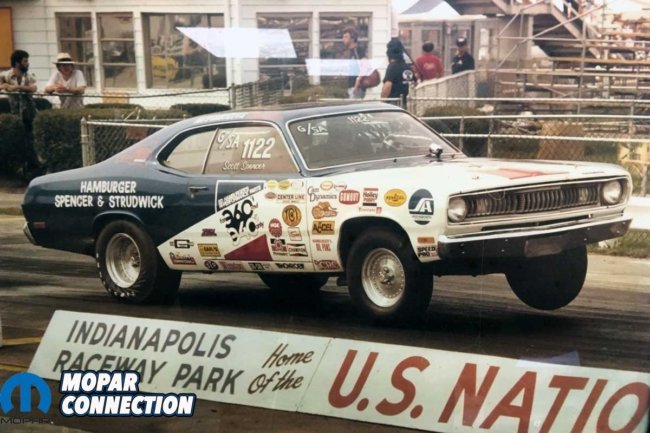
The Duster’s preservation is not just about the car but about celebrating the sport and the people who shaped it. More than half a century later, Scott continues to race, still spins wrenches, and even carries the spirit of Mopar performance into the future.



